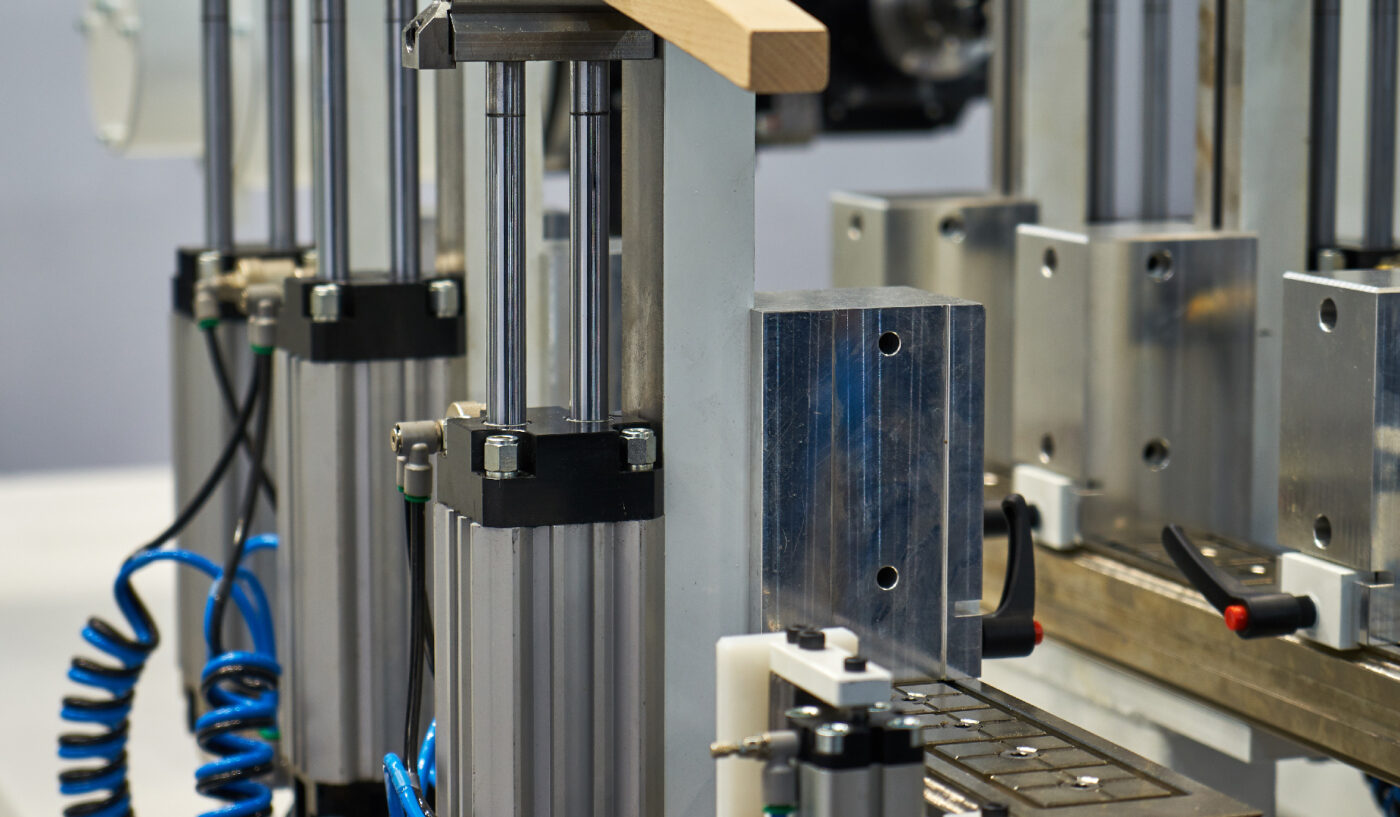Pneumatic cylinders are mechanical devices used in pneumatic systems that transform compressed air energy into a linear motion, supplying a linear force to different systems and devices. It is critical to correctly install pneumatic cylinders. Otherwise, the possibility of improper or inconsistent operation, as well as early breakdown, arises. As a result, improper installation might lead to serious equipment damage or danger to the operator.
Let’s go over how to correctly install a pneumatic cylinder below. You can also learn the precautions to take when executing installations. Let’s get started!
What Should You Consider?
Pneumatic cylinders are installed like hydraulic cylinders and the method of installation varies depending on the mounting style chosen.
You need to consider two major components during the installation of a pneumatic cylinder:
- The body
- The piston rod end
The way these points are fixed is determined by the application. The proper installation of the cylinder is essential for the overall layout and design of your system. If you don’t do it properly, you can wind up with a cylinder that doesn't work correctly, isn't completely trustworthy, and is at risk of early failure. Most pneumatic cylinders are installed in one of two methods, depending on the characteristics of your desired application:
- During a static application, the pneumatic cylinder can be installed on a machine bench and rigidly fastened to its structure.
- During a complex linkage application, the pneumatic cylinder should be able to swivel on its mountings.
The cylinder's body and the piston rod end are the two crucial fastening points. Any mechanism attached to the piston rod end can hinge in one or more planes. While in simple pushing applications, the piston rod end is left free. With particular pneumatic cylinders, like a rodless variety, the design of the whole machine can benefit from this cylinder's certain features. But you have to follow the manufacturer's instructions to install the cylinder.
How to Install?
The particular mechanics of installing a pneumatic cylinder will vary depending on your application, as installation techniques differ. In any case, before mounting the cylinder, ensure that any side loads on the piston rod bearing are kept to a minimum. Because side loads act laterally across the bearing's axis and are harmful to the bearing's optimum operation, they can result in premature wear and cause equipment failure.
Things to Consider During Installation
When you install a pneumatic cylinder, you need to consider the following:
- Side loading should be reduced to a minimum, if not completely eliminated. Pneumatic cylinders are severely harmed by side loading. To prevent this, you need to make sure the cylinder is properly aligned and mounted. When connecting the rod end to the tooling, an alignment coupler or die set coupling can also reduce or eliminate side loading.
- Based on the manufacturer’s guidelines, you need to lubricate trunnions and the bearing slides.
- Unsupported loads should not be attached directly to the piston rod. To sustain the load, use roller guides or a slide.
- Bending moments should be kept to a minimum. These can occur when a piston rod's out-stroke is too long and its sheer weight causes a large bending moment. Hang the rod end from a roller track or any other sort of external guidance.
- Use air that has been thoroughly conditioned, as directed by the manufacturer. Almost every manufacturer's cylinders and pneumatic valves require particulate filtration, as well as the removal of pollutants and moisture.
- When a rear-hinged cylinder is positioned horizontally, the weight of the body cylinder is substantially increased, resulting in a bending moment. This can be avoided by installing a central trunnion at the cylinder's balance point.
Testing the System
It is essential to test the whole system with a blow gun and flexible airline before putting the pneumatic cylinder into operation. In this way, you can see whether the cylinder is properly mounted and moves freely at the established minimum operating pressures.
If you look for pneumatic cylinders for your industry needs, keep in mind that HAK Fluid Power Equipment LTD is here to meet your demands. Get in touch with us today!

